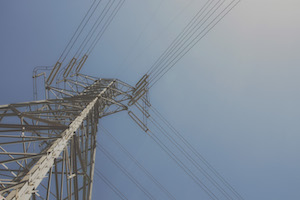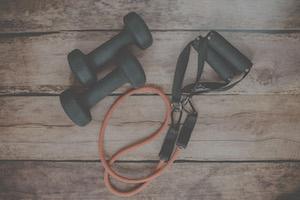Knapp: Tips for maintaining and rigging your boat from a seasoned — and sore — DIYer
The pain in my lower back and left shoulder serve as reminders of time spent earlier in the week rigging a new sonar unit on a boat.
Boat ownership seems to provide a couple constants: one, there are always maintenance or rigging tasks to do; and two, they will require working in awkward positions, hence the uninvited yet inevitable soreness.
This got me to thinking about how things have changed during my many years of boat ownership, which started with a 12-foot jon boat purchased during my teenage years.
It was a simple boat powered by a temperamental six-horse outboard. No real rigging required. Several other boats have followed, and with each one an elevated level of rigging that reflected advancements in items such as fish finders (sonar units) and trolling motors.
Though I am by no means a skilled boat rigger, the lessons learned during this journey may be of benefit to others, so I offer them here. All are related to the rigging and powering of electronics.
Before undertaking any wiring task, take the time to preplan things. Carefully examine the location of any holes to be drilled. Be sure you have enough wire to do the job and it’s of the correct gauge to power things. Newer sonar units have greater energy requirements. If a transducer is involved, be sure its cable is long enough, otherwise an extension will be needed. The same goes for any networking cables.
For instance, in my recent project a cable was needed to link two sonar units together, one on the bow and the other on the console. This required adapters for each end of the networking cable. Note also the size of hole needed for connectors to pass through.
As with any job, the correct tools make things much easier. One of the handiest is a self-adjusting wire stripper for easily and accurately exposing the copper conducting portion. Boat rigging involves routing wires and cables in tight spaces. A mini fish tape, which is a downsized version of the fish tapes electricians use for pulling wire, is nearly a necessity. There is no end to the use of cable ties, commonly called zip ties. Ones that include a screw eye are especially well suited for this work for properly securing cables.
A battery powered drill eliminates the need for cumbersome extension cords and is a dream for working in tight spaces. Having a second drill rigged with the appropriate driver greatly simplifies sinking any necessary screws.
A step drill bit is another handy tool. It’s often necessary to drill holes larger than the range of typical drill bit assortments. A step drill allows you to open things up incrementally, so you’re not making a bigger hole than needed. Rubber grommets can be used to protect wires that pass through drilled holes and are available in kits of various sizes. I like to slather marine grade silicone sealant to add to the level of protection and hold the grommet in place.
Assortments of electrical connectors — ring, butt, spade — and the proper crimping tool other necessities. I prefer uninsulated connectors, applying a heat shrink insulator after the connector is crimped on.
These are just a few thoughts, tools and gadgets that can make rigging boat electronics easier. Along with a few Band-Aids and Biofreeze, or course, for skinned knuckles and sore muscles.
Jeff Knapp is an outdoors columnist for the Butler Eagle














